 | ||
Learning to fly the rotec rally ultralight
The Rotec Rally is a family of American ultralight aircraft that was designed by Bill Adaska in 1977 and produced by Rotec Engineering of Duncanville, Texas. Adaska had been an aeronautical engineer at Bell Helicopter and the French helicopter manufacturer, Aerospatiale, prior to starting Rotec. The aircraft was supplied as a kit for amateur construction.
Contents
- Learning to fly the rotec rally ultralight
- Rotec rally rotec rally big lifter experimental aircraft video airventure 2012
- Design and development
- Operational history
- Variants
- Aircraft on display
- Specifications Rally 2B
- References
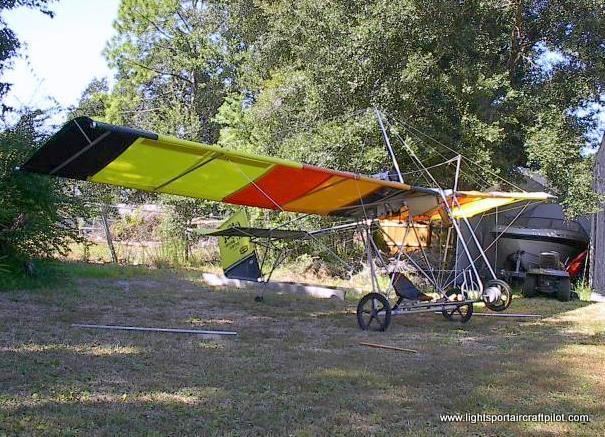
Rotec rally rotec rally big lifter experimental aircraft video airventure 2012
Design and development
The earliest Rallys were derived from hang gliders and comply with the US FAR 103 Ultralight Vehicles rules, including the category's maximum empty weight of 254 lb (115 kg). The Rally 2, for instance, has a standard empty weight of 145 lb (66 kg). The series all feature a cable-braced high-wing, a single-seat, open cockpit, conventional landing gear and a single engine in pusher configuration. The series was highly successful due to its low price and solid engineering.
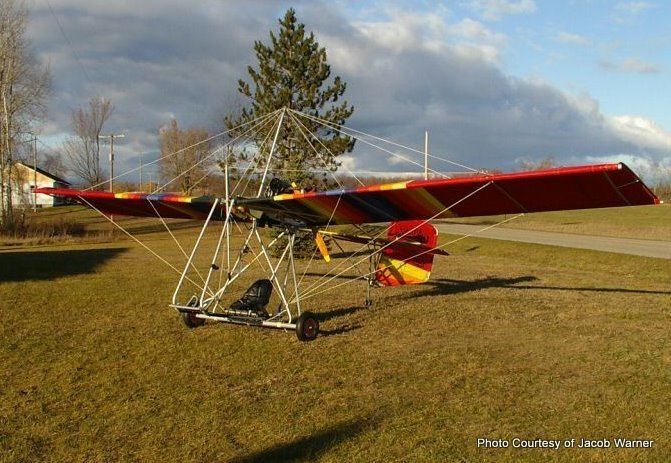
The aircraft is made from aluminum tubing, with the flying surfaces covered in Dacron sailcoth. The wing is cable braced from a single kingpost mounted on top of the wing. The tailwheel is sprung.
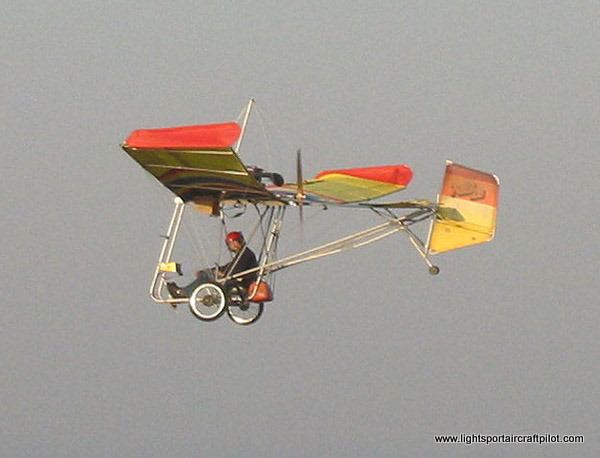
The first Rallys were simple powered hang gliders and grew in sophistication as the model numbers increased. More than 2000 Rallys were delivered.
Operational history
In reviewing the Rally, All-Aero said:
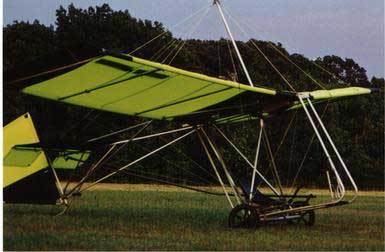
The Rotec [Rally] was really just a cheap copy of the Quicksilver MX. For example the rudder, elevator, and spoileron cables were just rope. To attach these to the control systems Adaska used plastic hooks, and you literally tied a knot in the rope to attach the hook! Plastic fittings were used on the elevator, rudder, and spoilerons. These would crack and break when exposed to UV and cold. With all this said the craft did fly, was quite forgiving, and easy to repair, and with some changes is a safe, fun, affordable flying machine.
Variants
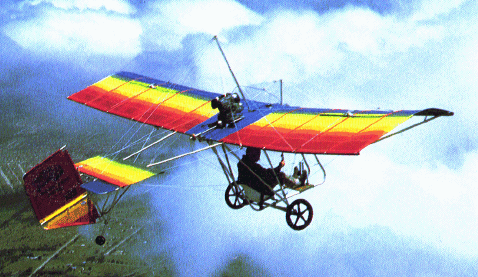
Aircraft on display
Specifications (Rally 2B)
Data from Cliche
General characteristics
Performance
